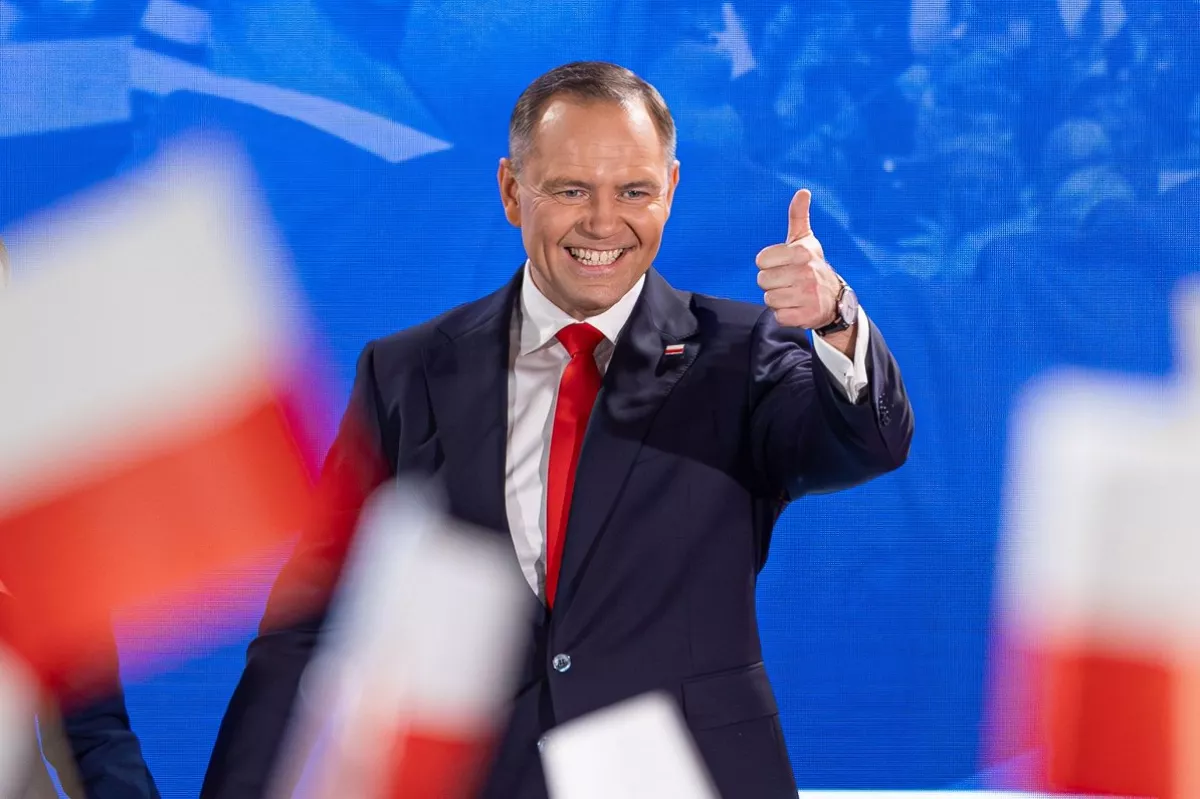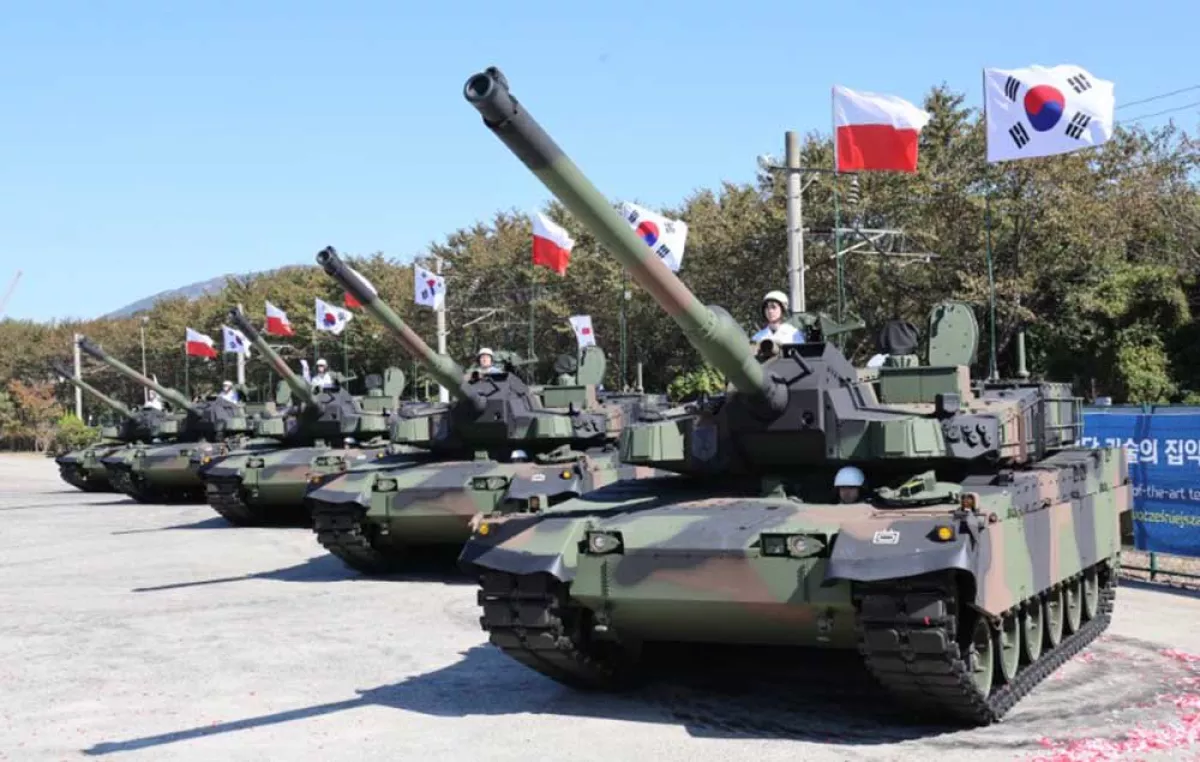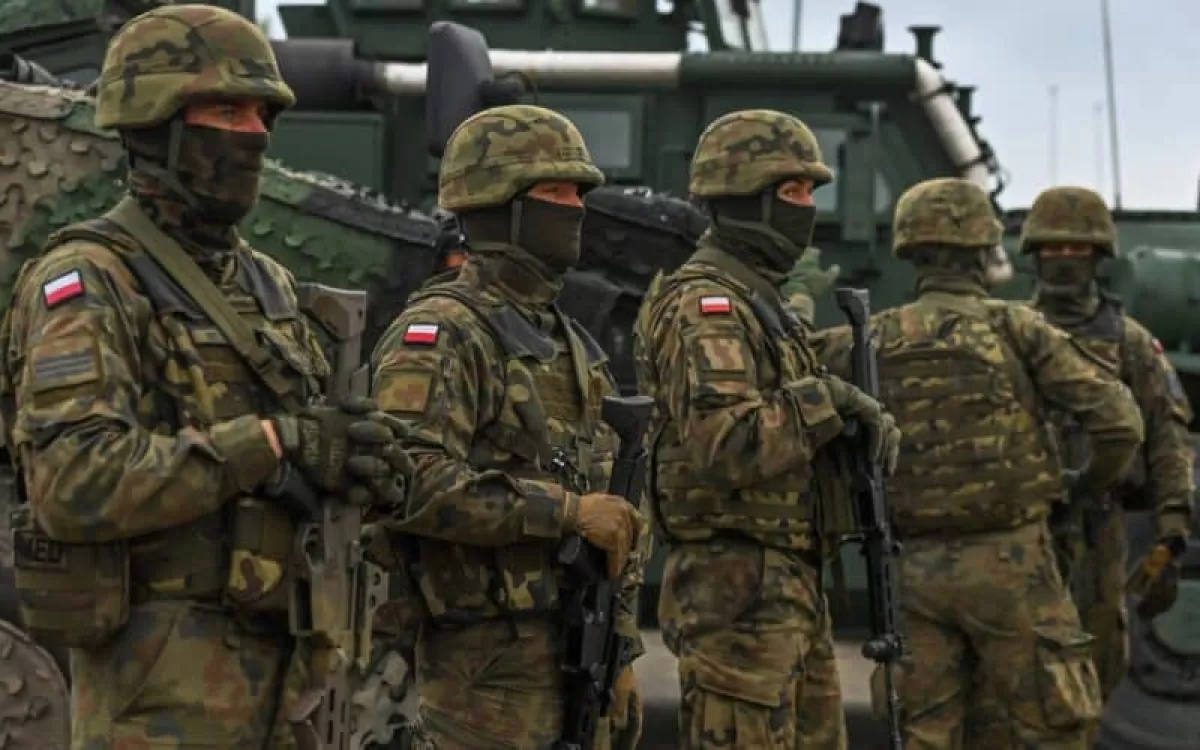Rushing to become NATO’s mightiest power in EU Poland challenges Europe’s military giants
General rearmament has become a trend in recent years. Almost all countries around the world are expanding their arsenals and strengthening their armed forces. Poland is no exception, having always aspired to a special role in Eastern European politics.
Just a few days ago, the newly elected president of the country, Karol Nawrocki, declared in his inaugural speech his ambition to turn the Polish army into the leading NATO force within the European Union territory. “As president, I will support all efforts to modernise the Polish army and strive to make it the largest NATO force in the EU,” he said, adding that he would not allow additional powers to be transferred to Brussels, especially in areas not stipulated by European treaties. At the same time, Poland must play a central role in strengthening defence capabilities on the alliance’s eastern flank.

Two years earlier, a similar statement was made by then-Polish Minister of Defence Mariusz Błaszczak: “Within two years, we will create the strongest land army in Europe; the only requirement is that this process must not be interrupted.”
It is worth noting that Nawrocki’s words are not merely rhetorical statements from a newly inaugurated politician but represent an already ongoing political program. Currently, Poland has one of the largest armies in the EU, with a strength of 210,000–216,000 active personnel. Warsaw plans to increase this number to 230,000 soldiers by the end of 2025, and in the longer term — up to 300,000 troops. This is comparable to leading European armies such as those of France and Germany. Poland also leads NATO in terms of the share of military spending relative to GDP (4.12% in 2024) and plans to raise it to 4.7–5% in 2025. This is significantly higher than the alliance average of 2% of GDP. In absolute terms, Polish arms purchases in 2024 amounted to €35.2 billion, including contracts for tanks, helicopters, air defence systems, and aviation.
The K2 Black Panther is one of the most advanced tanks in the world. It was developed by the South Korean company Hyundai Rotem in line with the latest requirements for armoured vehicles. Its 120 mm gun achieves a firing rate of 10 rounds per minute thanks to an automatic ammunition loading system.

In addition to these tanks, Warsaw has already received 116 American M1A1 Abrams tanks ordered last year and has placed an order for 250 new M1A2 SEPv3 Abrams tanks. The first batch of 28 M1A2 SEPv3 vehicles arrived in Poland in January 2025.
In weapon acquisitions, the focus is on localising production and acquiring technologies, which will contribute to the development of the Polish military industry. For instance, the South Korean tanks will include K2PL variants produced in Poland itself as part of the industrial cooperation program.
Amid the ongoing war in Eastern Europe, there is a consensus among the Polish public on strengthening the Armed Forces: between 72% and 76% of Poles support increased military spending. It’s important to emphasise that Poland’s defence budget is substantially higher than that of other European countries, reflecting a clear preference among citizens for investing in security over civilian goods.
Prime Minister Donald Tusk, during a meeting with military commanders and heads of technical institutes, emphasised that Polish engineers will play a key role in ensuring the country’s security: “Not only commanders and institute leaders, but also young engineers and programmers are the true treasure of the Polish army. The security of our country—both in the near and long term—will depend primarily on what is created in our minds. Today, the armies that win are those that are smarter and better equipped.”
Prior to this, during a visit to the Aviation Technical Research Institute, Tusk stated that victory in modern conflicts goes to those armies that surpass their opponents both technically and intellectually. He emphasised that to ensure future security, the Polish army must be not only better equipped but also more technologically advanced.
At the same time, there are several objective challenges that could slow down Poland’s ambitious military program. Increased defence spending may lead to budget deficits, especially when off-budget mechanisms such as bonds are used. Warsaw remains heavily dependent on importing weapons and technologies, primarily from the United States and South Korea. Finally, despite high motivation among service members and a good educational level of potential conscripts, recruiting 300,000 troops will require more time and resources than the authorities currently project.

Belarusian expert, Professor Nikolai Mezhevich, noted the following: “If we consider ‘classic’ armies—that is, armies with large numbers of tanks—Poland has every chance to form a tank corps larger than those of Germany, France, the United Kingdom, and Italy combined. But this does not necessarily mean Poland will actually build such an army, because signed letters of intent and even contracts, like those with South Korea, are very promising. However, the first question is: ‘Where will Poland find the money to pay for these contracts?’ The United States is also Poland’s main supplier of tanks, but they could get bogged down in wars in East Asia or in the Middle East. Meanwhile, South Korea faces the constant threat from North Korea right on its doorstep.”
In summary, experts note that Poland possesses significant potential to transform its army into one of Europe’s leading forces, thanks to record defence spending, strong geopolitical motivation within society, and rapid growth in both troop numbers and modernisation. Given the current pace of military development, the country stands a good chance of becoming a key military power in Eastern Europe by 2030.
However, to achieve outright leadership, Warsaw must ensure economic stability amid high defence expenditures; achieve full operational interoperability with other NATO armies; and resolve production and personnel challenges. It is worth noting that President Nawrocki specifically emphasised Poland’s goal to become the leading military force “within the territory of the European Union.” Clearly, with this phrasing, Warsaw excludes not only the United States but also countries like Türkiye, whose capabilities far exceed Poland’s. According to experts, all this will require considerably more time and resources.








